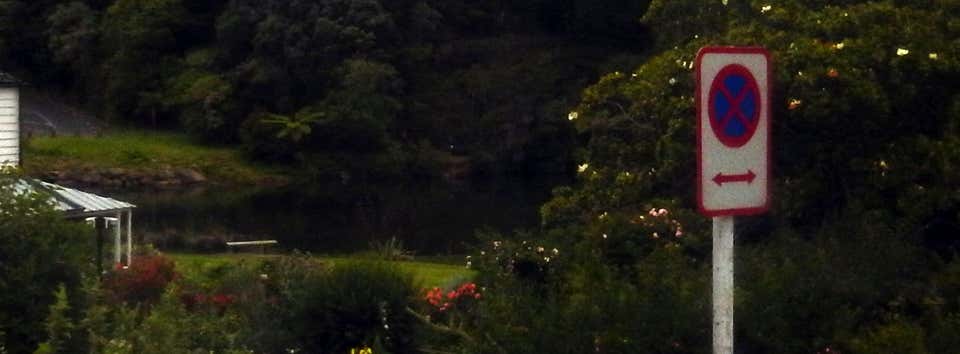- Overview
- Essential Info
- Trip Guides
- Hotels
- Things To Do

Kerikeri Essential Info
Overview
Kerikeri, the largest town in Northland New Zealand, is a popular tourist destination about three hours drive north of Auckland, and 80 km north of the northern region's largest city, Whangarei. It is often called the Cradle of the Nation, being the site of the first permanent mission station in the country, and it has some of the most historic buildings in the country.
A rapidly expanding centre of sub-tropical and allied horticulture, Kerikeri is in the Far North District of the North Island and lies at the western extremity of the Kerikeri Inlet, a northwestern arm of the Bay of Islands, where fresh water of the Kerikeri River enters the salty Pacific Ocean. A fast-growing community, the 2001 New Zealand census showed the population of 4,878 was an increase of 16.3 percent over the 1996 figure, and the 2006 census tally of 5,856 was a further population growth of 20 percent, and at the 2013 census had increased by a further 11 percent to 6,507.
The village was established by New Zealand's pioneering missionaries, who called it Gloucestertown, or Gloucester Town, but neither name endured. The Māori word Kerikeri was spelled and pronounced as Keddi Keddi or even Kiddee Kiddee, but the town's name is today generally pronounced Kerry Kerry but with a rolled r by Māori.
In 1814 Samuel Marsden acquired land at Kerikeri from Hongi Hika for the use of the Church Missionary Society for a payment of forty-eight axes. The protector of the Kerikeri mission station was the chief, Ruatara, a nephew of Hongi Hika.
Kerikeri was the first place in New Zealand where grape vines were planted. Samuel Marsden planted 100 vines on 25 September 1819 and noted in his journal that New Zealand promised to be very favourable to the vine. In the same year Charlotte Kemp planted the first citrus, and New Zealand's first commercial plantings of passionfruit were established in 1927, and about 1932 the country's first avocados were planted. The plough was first used in New Zealand at Kerikeri, by Rev. J. G. Butler, on 3 May 1820.
Basics
Best Time To Go
Unknown
Current Time
Current Weather
Cloudy
Keep exploring with the Roadtrippers mobile apps.
Anything you plan or save automagically syncs with the apps, ready for you to hit the road!
Connect with us and hit up #roadtrippers
Tall tales, trip guides, & the world's weird & wonderful.